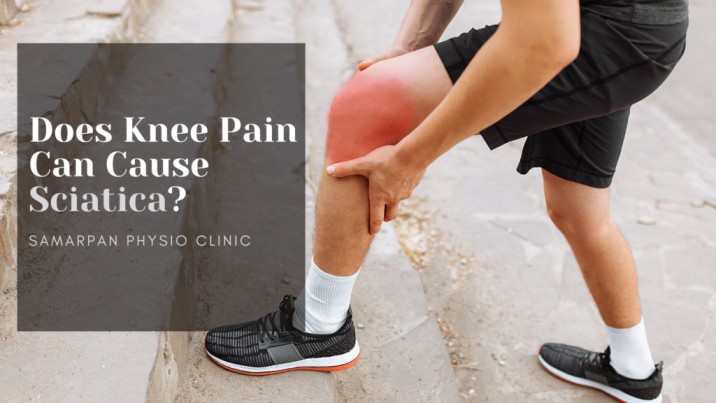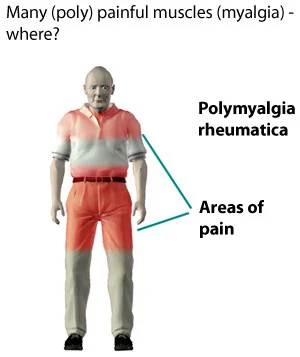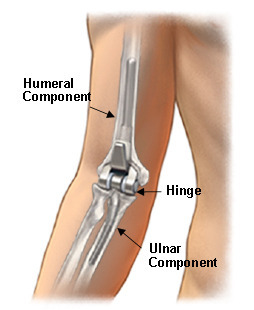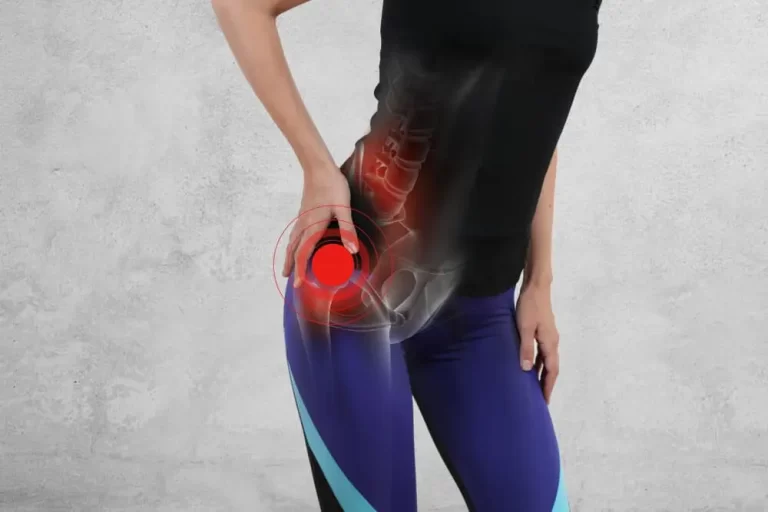Kinesio Taping For Wrist Pain
Introduction
Kinesiology tape, often known as KT tape, is frequently used as a conservative measure to relieve pain and support the joints in an effort to lower the risk of injury and enhance sports performance.
It resembles the standard sports tapes that you frequently see in pharmacies, but KT tape is available in a range of colours, is waterproof, and has more elasticity.
Taping is frequently used to treat carpal tunnel syndrome, a painful wrist ailment caused by compression of the median nerve within the little wrist “tunnel.” Any nerve compression can result in excruciating pain, tingling, and numbness, which can make it difficult to grasp a pen or cup.
Researchers cautioned that the majority of the studies are of low quality, despite some data suggesting that surgery to relieve nerve compression is more successful than conservative therapies (such as splinting, medication, steroid injections, and physical therapy) for pain relief and function. These studies differ in how the trials are set up, including the participants and control groups, as well as the researchers’ potential bias in favour of surgery.
Every day, you use your hands for tasks like falling that you may not give much thought to. People frequently reach out to break falls with their hands instinctively. The wrist may not be able to withstand the force at all at times.
The ligaments around the joint may get stretched or even torn if you bend your wrist back too much. It’s critical to understand how to strap a wrist in the event of a wrist injury.
The most typical reasons for hand pain
Wrist injuries are most frequently caused by falling onto an extended hand. Wrist injuries are particularly common in activities like cycling, skating, and snowboarding where you fall onto a hard surface.
Other typical reasons for wrist injuries include:
- Ineffective lifting or hitting technique when boxing or lifting weights
- Overuse or repetitive strain whether using a screwdriver, hammer, or even just typing with the wrists
- A powerful strike that strains the ligaments around the wrist
In What Ways Is Wrist Strapping Beneficial?
When wrist strapping is applied correctly, it can:
- Aid in the healing of your wrist injury
- Encourage an early return to athletics or other activities after an injury
- Minimize the possibility that you will exacerbate an injury
- Avoid wrist trauma.
Two Strong Techniques for Taping a Wrist
To learn how to tape a wrist, follow these instructions:
Wrist taping for prevention or protection
a. Elastoplast’s Elastic Adhesive Bandage should be applied around your palm and around your forearm.
b. To aid in preventing hyperextension, use two strips of Elastoplast Rigid Strapping Tape in an X shape between each anchor: i. on the wrist’s palm face.
ii. To assist in avoiding hyperflexion, on the back of your wrist.
c. Create a figure eight with extra firm tape. After covering the palm anchor with a piece of tape, pass it around your thumb and index finger, across the back of your hand, and around the base of your hand to your wrist.
d. Use extra sturdy tape to cover the region beneath your thumb.
e. Finish by covering all of the hard tape with three final figure eights using Elastoplast’s Elastic Adhesive Bandage.
Kinesio Tape for Pain in the Wrist
- You require assistance from someone.
- With your palm facing down, extend your arm in front of you and gently allow your hand to dangle downward.
Request that your assistant:
- a. Cut a single piece of Kinesio Tape from Elastoplast in half, ensuring the edges are rounded.
- b. Stretch out the middle of one strip while holding its ends in both palms.
- c. Place the centre over the top of your wrist joint, then tuck the ends under either side with gentle pressure.
- d. Go through steps (a, b, and c) again, but this time, tape your wrist underneath.
- e. Attach a second, single kinesio tape strip to the top of your hand, gently extend it towards your shoulder, and fasten it to your forearm at the elbow. Gently press the centre of the strip onto your arm.
How is KT Tape applied to the wrist?
If you experience wrist pain, such as carpal tunnel syndrome, there are many techniques you may try tapping your wrist.
Scissors and KT Tape (or standard sports tape) are required.
- Use soap and water to wash your hand, wrist, and forearm.
- With your hands and fingers spread wide, measure the distance between the tips of your thumb and fifth finger. The tape should be around that length.
- Make a 2-inch incision in the centre of the tape to create a Y shape.
- From the two ends of the Y, peel off the paper. Place one end of the tape at each side of the palm (thumb, pinkie) while extending your forearm and wrist. The tape shouldn’t be taut.
- Take the remaining paper off of the tape. Verify that the tape is wrinkle-free as you peel.
- Pull the tape with around 20–25% strain towards the crook of your forearm, extending your wrist in the process.
- To maintain the tape’s firmness, move it smoothly along the forearm.
- Cut a second piece of KT Tape so that it is roughly the length of your palm.
- With your hands and forearm facing up, wrap the tape partially around your wrist between the lateral side (thumb) to the medial side (pinkie). The tape shouldn’t be taut in any way.
How is KT Tape removed?
Some people may find it uncomfortable to remove the tape, particularly if they have sensitive skin, hairy skin, or a low pain threshold.
By following these instructions, taking off KT Tape might be less painful and simpler.
- Apply a thick layer of oil-based moisturizer or lotion to the taped area.
- If your arms are hairy, gently pull the tape off in an opposite direction from your body to lessen the amount of hair that is torn off.
- It should also be simpler to remove your tape without lotion or oil if you’ve had it on for around a week. If you’re still experiencing extreme distress or pain, use the lubricants.
Does the KT Tape relieve pain?
According to a 2021 literature analysis of 10 studies, wrist taping significantly reduces pain when using Kinesio Tape, whether it is done alone or when combined with another intervention. One problem the researchers discovered is that the results of the review may be compromised since each study employed a different set of comparisons, questionnaires, and procedures.
A systematic study and meta-analysis conducted in September 2022 looked at the short-term benefits of Kinesio Tape for people with carpal tunnel syndrome. It is important to highlight that while the study found that tape improved pain, function, and nerve conduction speed, the benefits of these variables were negligible or extremely negligible. The lack of standardization in the taping procedure made it challenging to compare the results among different trials, as noted by the authors.
Kinesio taping is applied to more than simply the wrist. In terms of lowering pain in every area of the body, a systematic review and meta-analysis published in Research in Sports Medicine revealed encouraging outcomes. Following reviewing 36 studies, these authors discovered that applying the tape to any portion of the body improved pain and impairment; these findings held true for four to six weeks following application. They came to the conclusion that in order to provide patients with better overall results, tape should be used in addition to other therapy.
Supporters of KT Tape and Kinesio Tape assert that the tape “lifts” the skin to release pressure from the tissues beneath it, although this explanation is at odds with fundamental human physiology.
Your neurological system, which consists of the brain, spinal cord, and peripheral nerves under your skin, is more likely to be responsible for the pain reduction you experience from taping than it is from other non-specific impacts of manual therapy, such as therapeutic connections, expectancies, and diversions.
KT Tape precautions
Even though there’s minimal chance that using KT Tape or other tapes may make your carpal tunnel syndrome or other wrist discomfort worse, you should still consult your doctor or physical therapist if your problem gets worse over time, even after trying tape and other conservative measures.
Physiotherapist and triathlete Paul Westwood cautioned against tape dependence, saying it might “promote the belief that their body is not good enough and they need an extrinsic factor (tape) to allow it to function,” He said that if the athlete depends too much on the placebo effect, it may ultimately wear off.
When it comes to their patients, manual therapists who find tape helpful should keep using it, but they should be open and honest about how and why it could be beneficial.
Overview
The eight bones that make up the wrist are kept in place by muscles, tendons, and ligaments. Ligaments give the wrist vital support. They are vulnerable to grade 1-3 injuries. Trainers, athletes, and fitness fanatics utilize KT Tape, a well-known elastic tape. The suggested advantages include boosting blood flow, reducing discomfort, and supporting weak or injured joints.
Regretfully, several research do not support these advantages. There are several methods available for the treatment of wrist ligament problems. The Centeno-Schultz Clinic has employed PRP and your own stem cells extensively as successful therapy alternatives.
If your wrist discomfort and swelling are preventing you from doing things, please think about scheduling a Telemedicine consultation with a board-certified, fellowship-trained doctor. Get the greatest possible therapy for yourself and discard the colourful tape.
FAQs
Can KT Tape help with wrist pain?
The wrist will frequently feel heated to the touch as well. For sprains, KT Tape is appropriate once medical assistance has been obtained. In addition to offering support, KT Tape may improve mechanical support and proprioceptive input.
Does taping a sprained wrist help?
Assist in the recovery of wrist injuries. Permit an early return to athletics or other activities after an injury. Lessen the chance that an injury may get worse. Avoid wrist injuries (such as sprained wrists) when participating in high-risk sports or hobbies (like boxing, snowboarding, skating, etc.).
How long can you leave KT Tape on?
Four to six days
As long as the kinesiology tape sticks, it could stay in place. A tape will typically last four to six days. Applications applied with the hand or foot may release more quickly; this is especially true for those with oily skin.
What is the best tape for wrist support?
Seven Important Rules To Follow When Selecting An Athletic Tape For..
Zinc oxide tape, often known as stiff tape or non-elastic tape, provides stability and stiffness. It is ideal for immobilizing the wrist joint and limiting excessive movement.
Is KT Tape reusable?
It is not possible to repeatedly paste the kinesiology tape. The tape won’t naturally peel off when used normally, but once it’s peeled off, the adhesiveness is much diminished and it can’t be used again. Usually, the tape has to be changed out for a fresh one after being used continuously for 24 to 36 hours.
References
- KT Tape Wrist: Is There A Better Solution? – Centeno-Schultz. Centeno-Schultz Clinic. https://centenoschultz.com/kt-tape-wrist/
- how-to-strap-a-wrist-header. (n.d.). Hansaplast. https://www.elastoplast.com.au/strapping-and-injuries/strapping-taping-bandaging/how-to-strap-a-wrist
- How to Use KT Tape for Wrist Pain & Does It Work? – Massage & Fitness Magazine. Massage & Fitness Magazine. https://massagefitnessmag.com/massage/kt-tape-wrist/







